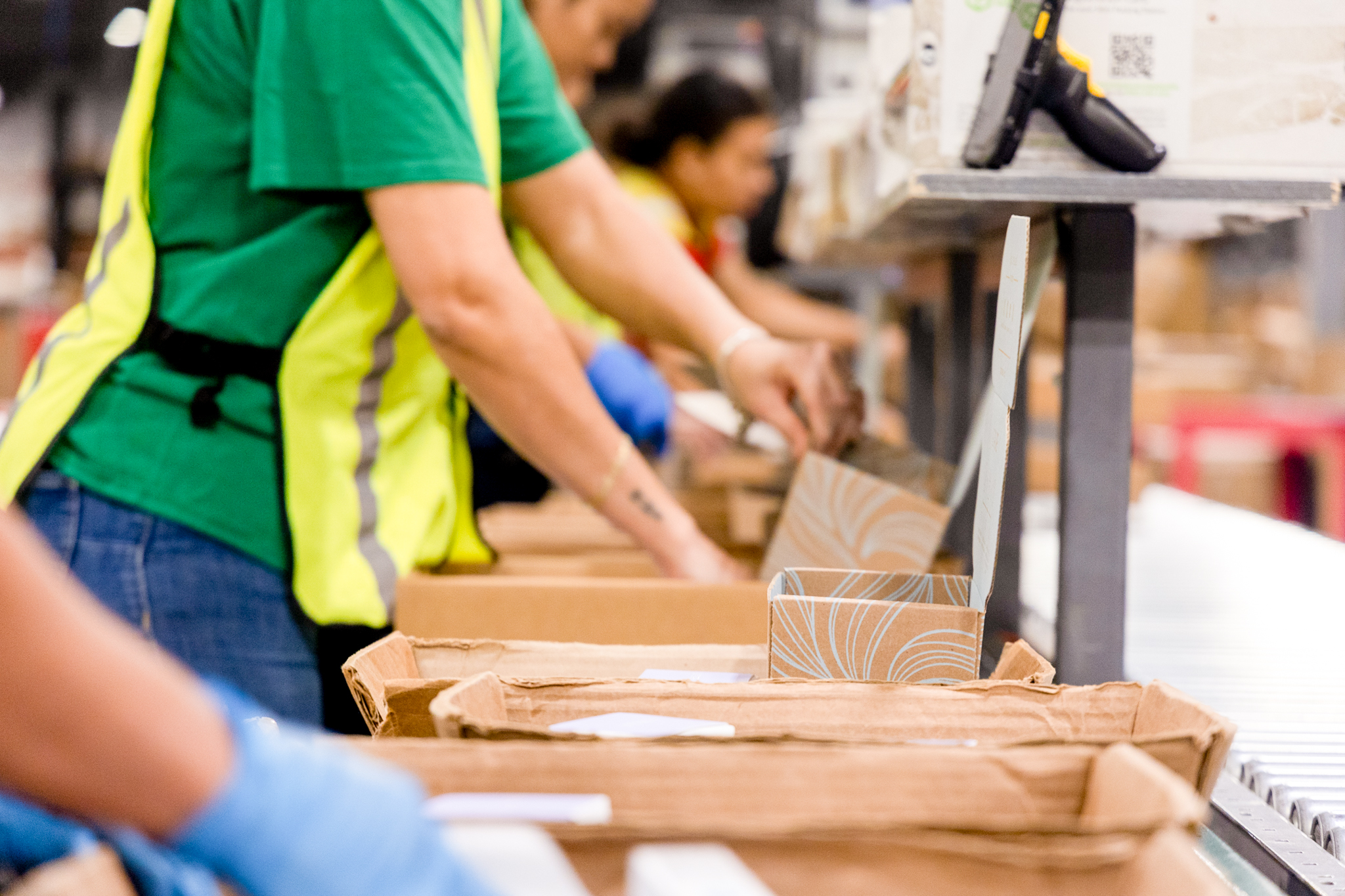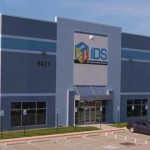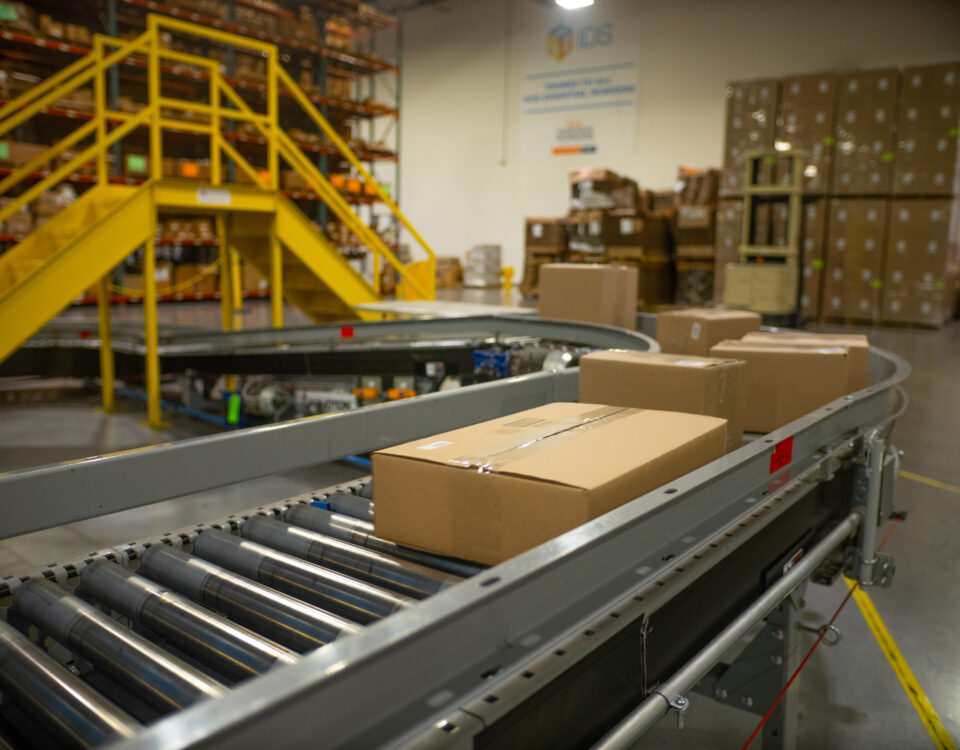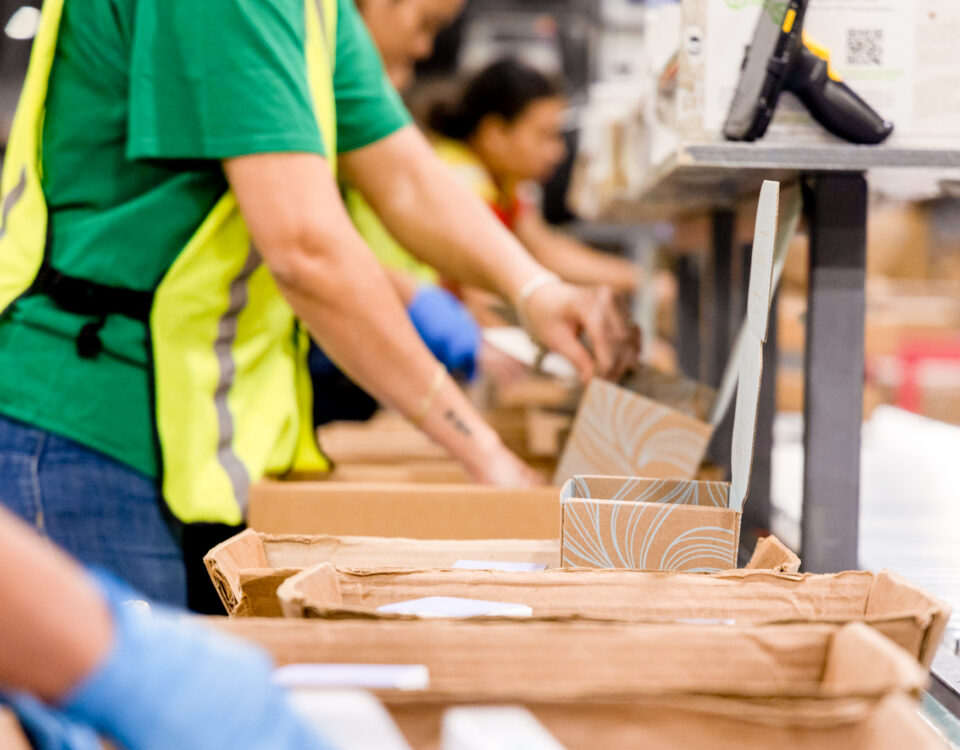Fast growth is good news—until your fulfillment operation starts slowing you down.
Most businesses know they need scalable fulfillment solutions, but few are confident they actually have them. When fulfillment can’t keep up, the consequences are clear: missed SLAs, overwhelmed teams, and disappointed customers.
This article outlines what scalable fulfillment really looks like, the red flags that signal your current setup won’t support growth, and the critical factors to prioritize when evaluating solutions.
The Hidden Cost of Non-Scalable Fulfillment
When operations aren’t built for scale, it doesn’t take much to expose the cracks. Whether it’s a new product launch, a holiday surge, or a spike in demand, underprepared fulfillment systems break under pressure.
Some signs are easy to spot and include:
- Missed ship windows or frequent delays
- Over-reliance on manual processes or workarounds
- Constantly shifting inventory or labor to cover volume spikes
- Teams stretched thin trying to maintain customer experience
Others are harder to quantify but equally damaging. Watch out for these:
- Reduced trust with customers and wholesale partners
- Strained internal teams managing fulfillment exceptions
- Slower response time when entering new channels or regions
What seems like a temporary problem often signals a deeper issue: your current fulfillment setup wasn’t designed to grow with your business. And once you’re behind, catching up is harder than starting with the right foundation.
What Scalable Fulfillment Really Means
Scalable fulfillment solutions are defined by adaptability and consistency as your business evolves. True scalability means your fulfillment can grow with you—without forcing you to overhaul your operation every time you hit a new milestone.
Here are the key indicators that your fulfillment operation is built to scale:
- Flexibility in warehouse layout and space to support new products or volume
- Technology integrations that scale with sales channels, not slow them down
- Systems and SLAs that remain consistent under high volume
- Access to value-added services that eliminate internal bottlenecks
Scalable fulfillment isn’t static. It’s constantly being optimized for performance and growth without you even having to ask. Your 3PL should operate as an extension of your team, understanding your growth goals, seasonal patterns, and market pressures. When that alignment exists, your supply chain is always prepared to support expansion.
What to Avoid When Choosing a Fulfillment Partner
Not every fulfillment provider is built to support high-growth brands. Choosing the wrong partner creates new problems just when you’re trying to solve old ones. A misaligned partner can stall momentum, introduce operational risk, and prevent you from scaling with confidence.
Here’s what to watch out for:
- Fixed infrastructure or rigid processes that make scaling up (or down) difficult
- Lack of visibility into performance, inventory, or shipping status
- Slow onboarding when launching new SKUs or entering new markets
- Limited or no access to value-added services
These limitations don’t show up when everything is running smoothly. They show up when you’re trying to grow—and by then, the cost of switching is high.
Scalable fulfillment solutions should make growth easier, not more complex. If your 3PL partner isn’t flexible, transparent, or evolving with you, they’re not helping your business move forward.
How to Know if You’re Set Up to Scale
Growth shouldn’t feel like chaos. A fulfillment setup built to scale gives you control, visibility, and momentum. It’s the difference between reacting to demand and being prepared for it. With the right infrastructure and alignment, your logistics can become a competitive advantage—not a liability—when opportunity hits.
Use this checklist to evaluate your readiness:
- Do your current operations support seasonal or promotional spikes without disruption?
- Can you launch new SKUs or kits without a long lead time?
- Are your systems integrated to provide real-time data across sales channels?
- Are SLAs being met consistently at higher volumes?
- Do you have access to value-added services that support product complexity or customer experience?
If any of these raise questions or concerns, it’s worth examining your current setup more closely. That’s why we created the Fulfillment Growth Readiness Worksheet to help you spot the gaps and get ahead of them.
Scalable fulfillment isn’t a nice-to-have—it’s the difference between accelerating growth and getting stalled by your own operation. If your systems, processes, or partners can’t flex with your business, they’re holding it back.
The brands that scale well are the ones that build fulfillment into their growth strategy early. Complexity kills momentum. Your fulfillment operation should be designed to remove friction, support growth, and deliver consistently—no matter how fast your business moves.
If you’re serious about scaling your operations, download the Fulfillment Growth Readiness Worksheet. This practical tool will help you assess whether your current fulfillment setup can adapt to growth, identify friction points across flexibility, tech, SLAs, and value-added services, and uncover where strategic changes are needed to support expansion.












